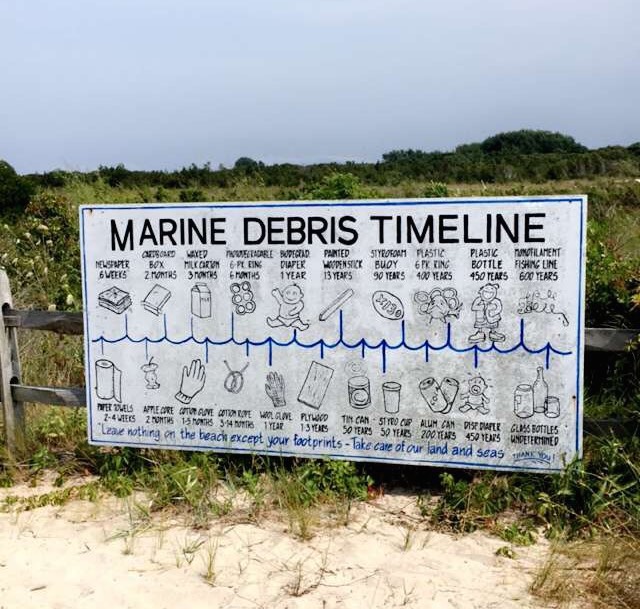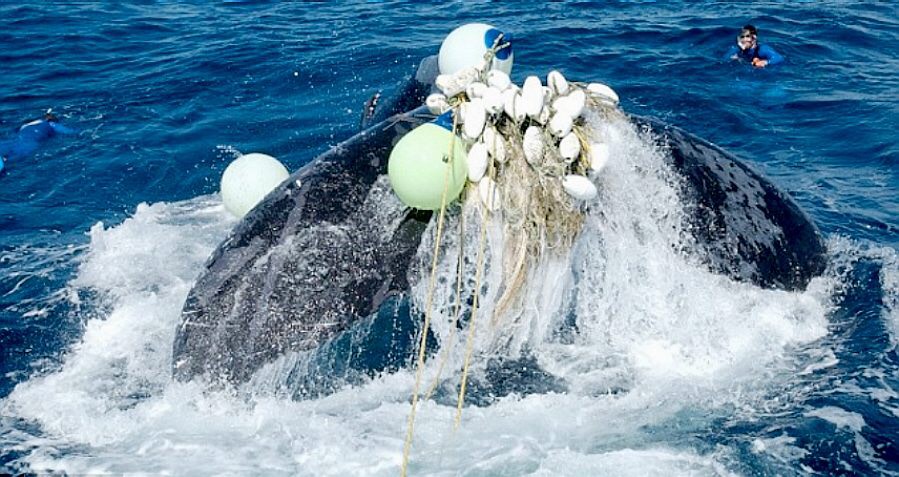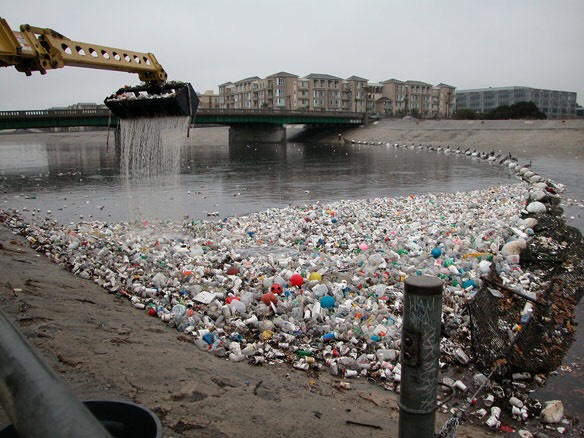A World of Plastic

Marine debris is any man-made solid material that has been directly or indirectly, intentionally or unintentionally, disposed or abandoned into the marine environment (NOAA, What is marine debris?). 60% to 80% of all marine debris is composed of plastic (Derraik 2002). Plastics are lightweight, durable, and cheap synthetic organic polymers. This has allowed them to invade all aspects of our everyday life. The same qualities that make plastic useful also make them harmful. Plastic is lightweight enough that it is buoyant, resulting in long dispersal distances. Additionally, its durability results in it taking 500 to 1,000 years to degrade. Meaning that every piece of plastic made still exists in some form (D’Alessandro, 2014). Finally, its cheap nature results in exuberant amounts of plastic being used and manufactured daily. Unfortunately, the results of our plastic dependency are not pleasant for the marine environment
Massive amounts of plastics find their way into our oceans daily. Approximately 269,000 tons of plastic float on the ocean surface, while four billion plastic microfibers per square kilometer cover the deep sea (Parker, 2015). The plastic found includes lost or discarded fishing gear, industrial, and domestic products (NOAA, Plastics). They enter the marine environment through improper waste management, littering on shorelines or at sea, and storm water runoff (NOAA, Plastics). 80% of marine debris enters the water through land-based sources, such as runoff or improper waste management. The other 20% comes direct from ocean-based littering (Clean Water Action, n.d.). Therefore, we are all to blame for the plastic entering our oceans, whether we live by an ocean or not.
The presence of plastic creates many negative effects on the marine environment. 267 species are impacted by marine plastic pollution worldwide, including fish, seabirds, marine mammals, and sea turtles. Fatalities can result from ingestion, starvation, suffocation, infection, drowning, and entanglement (Clean Water Action, n.d.). Marine animals and birds will consume plastic in various forms because they confuse them for food. This plastic can block digestion, accumulate in the stomach resulting in a loss of appetite, or even block airways of sea birds. Many species are highly susceptible to entanglement of marine debris, such as sea turtles or marine mammals. For example, young fur seals will roll in marine debris, tangling themselves. As they grow, they can suffocate, gain infections, or it can impede their ability to capture food and avoid predation (Derraik, 2002). Unfortunalty, after they die and decompose, the plastic is now free to entangle its next victim. Plastic debris will also transport invasive marine species through ocean currents, including: bacteria, diatoms, algae, barnacles, hydroids, and tunicates. The arrival of alien taxa to a new area can create negative effects across ecosystems. Additionally, it has been estimated that 80-85% of the ocean floor is covered in plastic debris. Plastic inhibits gas exchange between the ocean and the sediment, creating hypoxic or anoxic conditions (Derraik 2002). Plastic debris negatively impacts all members of the marine environment.

Taken by Arianna Nixon at Sunset Beach in Cape May, – 2017
A new area of research in the world of plastic pollution is microplastics. Plastics that are less than five millimeters long are considered microplastics (NOAA,What are microplastics?). One source of microplastics is the degradation of larger plastic debris into smaller pieces. Another large source of microplastics are microbeads. Microbeads are manufactured polyethylene plastic that are added to health and beauty products such as toothpaste and facial cleansers (NOAA, What are microplastics?). These microplastics will easily pass through water and waste filtration systems and quickly end up in the ocean. The threats of microplastics are still widely unknown, and is an emerging field of study.
The real question, is what can we do about this? Aboard both the American and Atlantic Star, we have created the Clean Ocean Initiative, a part of our NJ-Non Profit; Whale and Dolphin Research Center of Cape May. This means that we collect all marine debris found on all dolphin and whale watching tours. We use the collection as an opportunity to engage and educate all guests on the prevention of marine debris. The most common item collected include: balloons, plastic bags, and rope. However, the elimination of marine debris starts with us at home. The first things to do is to reduce, reuse, and recycle. Reducing our plastic use should be our first goal, especially single use plastic. The elimination of plastic water bottles, and plastic bags is a great first step in limiting our plastic use. When plastic use is unavoidable, reusing and recycling are additional steps to help reducing our impact. The most important step to reducing our plastic consumption, is to spread the word to those around us. Educating others to do their part can help create an entire community of people working to reduce our footprint on the world.


